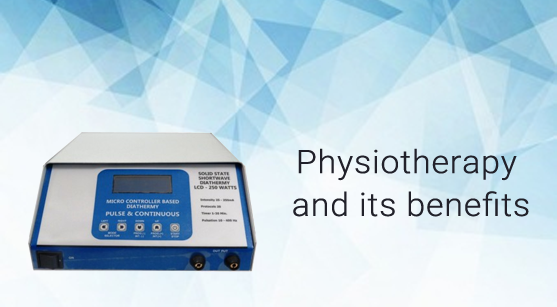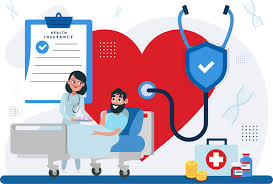Last updated on September 24, 2016
Physiotherapy also known as physical therapy is a rehabilitation process used to heal pain and impairments. The process is hundred percent physical and medicinal. Physiotherapy is used to remediate impairments, promotes mobility and improves the overall quality of life. This is done by many processes that include examination, analysis, diagnosis, and physical intrusion. The physical interference involves use of mechanical force and movements. The process of physiotherapy cannot be randomly performed by any one. Specialists called physiotherapist, who have studied this course are the right people to carry out these exercise. Often, physiotherapy is provided along with medical services.
Today, the science has become so popular that physical therapy products are in great demand. There is a department of physiotherapy in each hospital and there are special rehabilitation centres that provide physical therapy for injuries, stiffness, joint pains, muscle pains and other pains that have become a common part of the life style that we lead. Before a physiotherapy session is advised, the therapists make the patient go through thorough check ups including patient history, physical examination, laboratory tests such as x-rays, ct-scan, or MRI which ever needed and other diagnosis. After the problem is diagnosed, the patient is made to do certain exercises under the watchful eye of the therapist. Also, there are other manual therapy and mechanical devices involved.
Devices such as traction, heater, electricity, cold pack, sound waves, radiation, prostheses and others are used to aid the quick healing of pain and the problems. Along with this, a healthier and active lifestyle is suggested.
There are many types of physiotherapies given based on the type and intensity of the problem. Let us look at some of the types –
Cardiovascular & pulmonary physiotherapy –
Here, the therapists offer treatment for cardiopulmonary disorders. This can also be done before or after cardiac or pulmonary surgery.
Geriatric –
This type of therapy is concerned with elder people. As we grow old, there are many complications such as arthritis, cancer, osteoporosis,Alzheimer’s disease, fracture, balance disorders and so on. These problems are treated in the geriatric therapy department.
Orthopaedic –
This is the most common type of physical therapy. It is involved with disorders and injuries of the bones and muscles. It also involves rehabilitation after surgeries for the same. Muscle sprain, strain, and fracture and other issues are treated by the process. The success rate is high and many people find relief for persistent pain through this therapy.
Clinical electrophysiology –
It consists of electrotherapy, electrophysiological evaluation (EMG/NCV)and wound management.
Integumentary –
This includes treatment of problems involving skin and its related organs. The common problems in this department are wounds and burns. For this type of physical therapy, surgical instruments might be used.
Neurological –
Neurological physical therapy involves neurological disorders. It consists of stroke, back pain, brain injury, and cerebral palsy and so on.
There are many other types of physiotherapy involving women, children and so on. Physiotherapy equipments are used to teach personalized exercise programmes for each of the patients. This will result in fast recovery of the patients.



















Be First to Comment